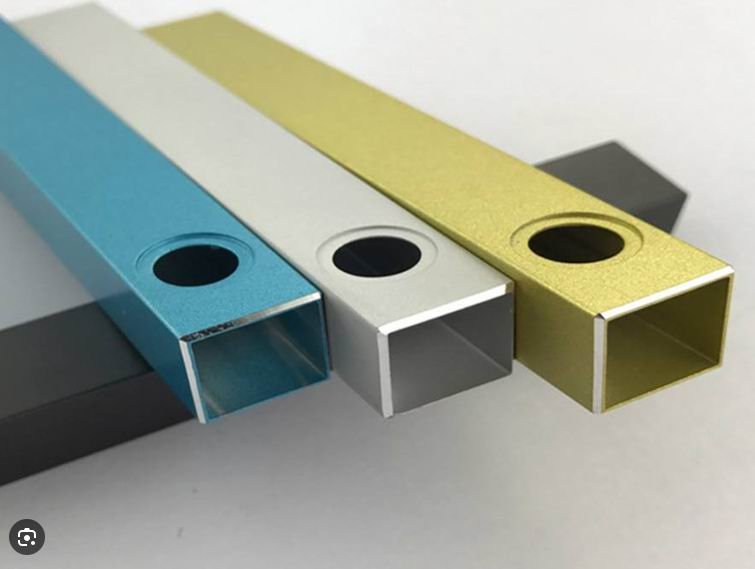Professional Primer for Aluminum Alloy
A professional primer for aluminum alloy is a base coating used on aluminum surfaces. Its primary functions are to enhance adhesion between the coating and the substrate, provide corrosion protection, and create a solid foundation for subsequent topcoats. Below is a detailed introduction to aluminum alloy primers.

1. Core Functions of Aluminum Primer
Improved Adhesion
Aluminum surfaces are smooth and prone to oxidation, making it difficult for ordinary paints to adhere firmly. Specialized primers use chemical bonding (e.g., epoxy, phosphating, or chromating) to ensure strong adhesion.
Corrosion & Oxidation Resistance
Contains anti-corrosive pigments (e.g., zinc phosphate, chromates) or passivating agents to prevent electrochemical corrosion (e.g., pitting, intergranular corrosion).
Surface Smoothing
Fills minor scratches or pores, improving surface uniformity.
Base for Topcoat
Provides an even surface for topcoat application, enhancing color consistency and durability.
2. Common Types of Aluminum Primers
| Type | Characteristics | Applications |
|---|---|---|
| Epoxy Primer | Excellent adhesion, chemical resistance, and mechanical strength; requires hardener. | Industrial equipment, marine, harsh environments |
| Polyurethane Primer | Superior weather resistance, flexibility; often paired with PU topcoats. | Automotive, outdoor structures, aluminum windows |
| Acrylic Primer | Fast-drying, eco-friendly, UV-resistant; weaker corrosion resistance. | Indoor decor, lightweight aluminum products |
| Phosphating Primer | Contains phosphoric acid for enhanced corrosion resistance; used with anodized Al. | Aerospace, precision instruments |
| Zinc Chromate Primer | Strong anti-corrosion (less eco-friendly; being replaced by chromium-free options). | Military, high-corrosion environments (e.g., marine) |
3. Key Application Steps
Surface Preparation
Degreasing: Clean with acetone or a specialized cleaner.
Abrasion: Lightly sand with 400-600 grit sandpaper (or sandblasting).
Oxidation Treatment: Anodizing or chemical conversion (e.g., Alodine) if needed.
Primer Application
Thinning Ratio: Follow manufacturer instructions (e.g., epoxy primer may require 5%-10% thinner).
Spray/Brush Application: Spray recommended; film thickness typically 15-30μm (even coverage).
Drying Conditions: Epoxy primers require curing (e.g., 24h at 25°C), acrylic primers may dry in 30 mins.
Topcoat Compatibility
Ensure primer and topcoat compatibility (e.g., test adhesion between epoxy primer and polyurethane topcoat).
